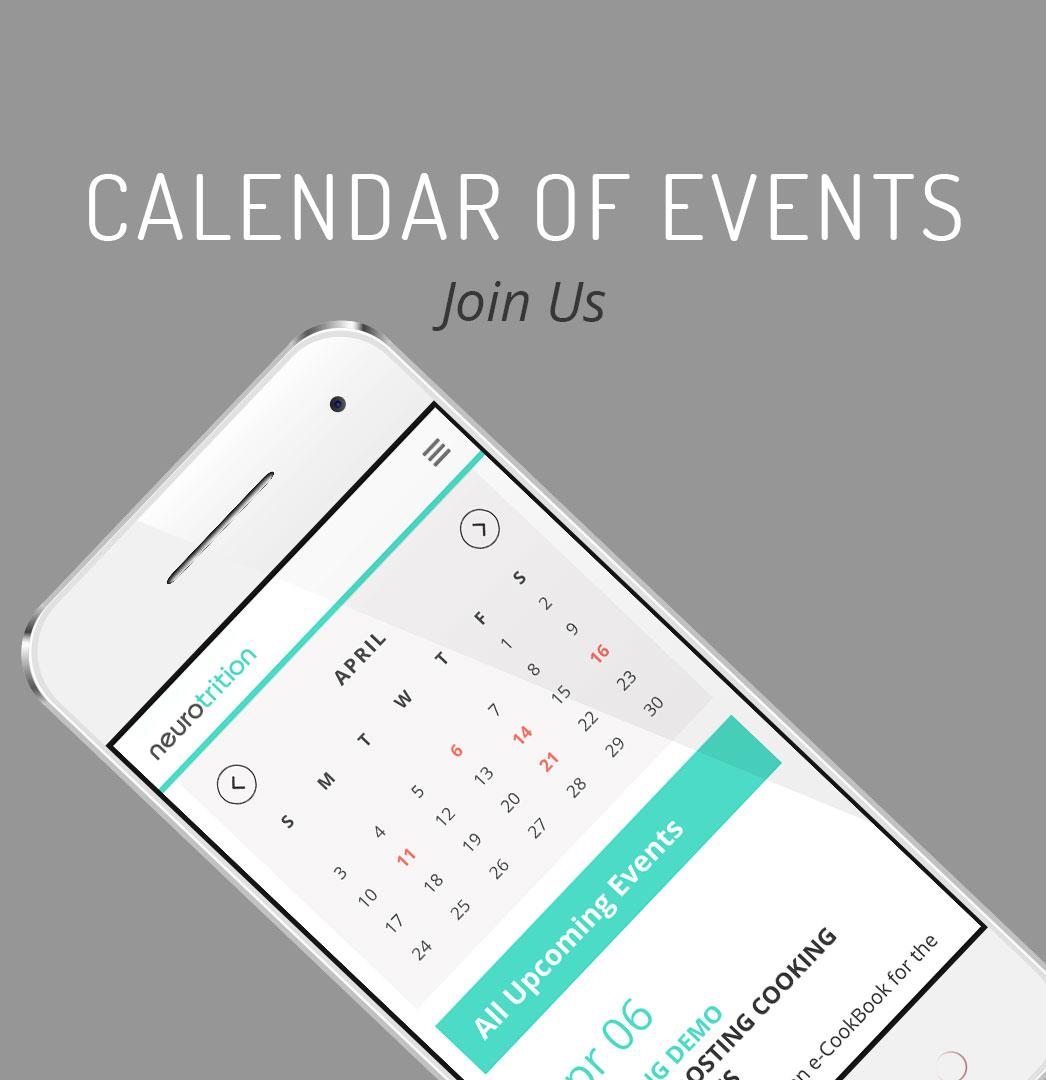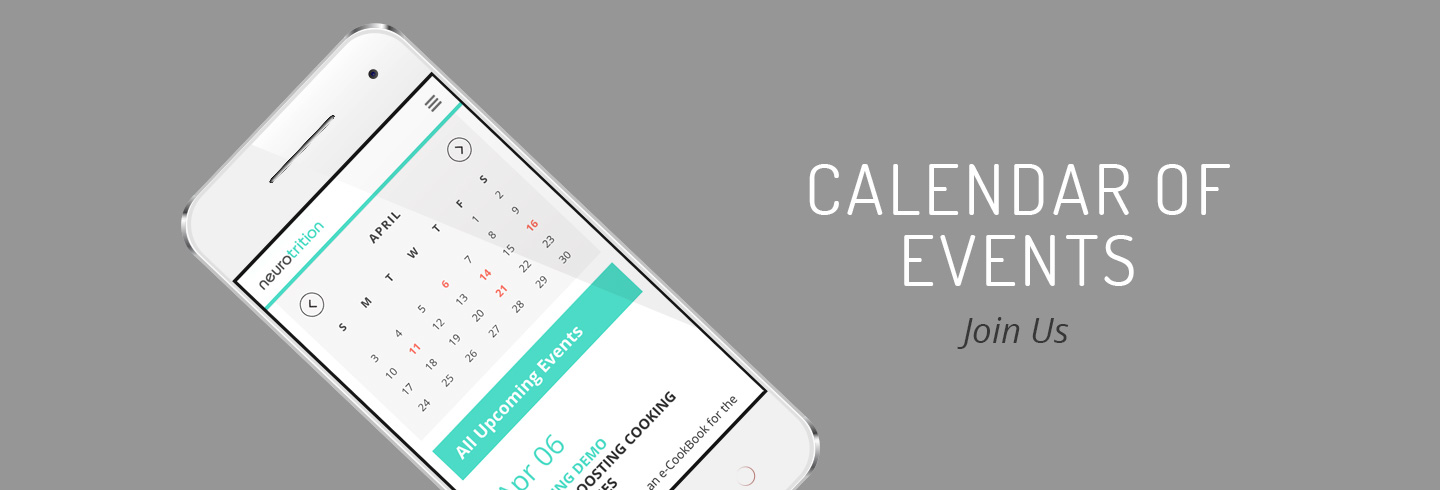3 Ways Tech Is Messing With Your Mind

Did you know the average person checks their phone 200 times a day — that's once every six and a half minutes?
If you’re like me, you’re probably going to take this stat with a sigh of relief and a “thank goodness I’m not the only one.” But just because this is the norm, is it really normal?
The more that tech inundates our lives, I can’t help but wonder/worry — what is it doing to our minds? While research is revealing that technology (e.g. iPads) can help some individuals with brain conditions like autism, for the vast majority of us it’s just messing with our minds. And while it’s messing with the smartest part of us, our brains, it’s doing it in ways our brains are not even aware of!
3 SNEAKY WAYS TECH IS MESSING WITH YOUR MIND
1. Tech is isolating
With digital technology, people are spending more time alone (well, interacting online, but essentially alone in real life). Mental health is, to an extent, dependent on having social relationships and bonds, and we see that these tend to suffer the more isolated people become, with increased technology use. What about on a brain level? Researchers are finding that children growing up today, with a lot of tech in their lives, are having a hard time reading and understanding basic human emotions like joy or sadness. Scary.
2. Tech is addictive
Science shows that every time you get a like or a retweet or are tagged in a post your brain dumps out dopamine (your neurotransmitter responsible for drive, motivation and pleasure) just as if you were taking addictive drugs like cocaine or meth. This is seriously scary because something like social media can effectively hijack your brain’s reward biology so you don’t feel rewarded or motivated without it anymore. It then becomes a b%$TCH to come off because, like any true addiction, you suffer withdrawal.
3. Tech is stressful
Digital tech is changing day to day, minute by minute, and it’s hard to keep up! This pressure to keep pace puts such an unnecessary stress on our brains, which weren’t evolved for the madness of modern day life and the advent of technology. And guess what a stressed out brain does? It acts like a super absorbent sponge for blood sugar (this means that even if you’re eating healthy, you can develop a blood sugar imbalance from tech-induced stress). Enter the blood sugar rollercoaster, and the Hangry and mood issues that come with it. Moreover, long-term blood sugar imbalance from unchecked stress sets the stage for chronic diseases, like mental illness and type 2 diabetes.
WHAT THE HECK IS A DIGITAL DETOX?
Tech is messing with our minds. That much is clear. But what can we do about it? Enter, the digital detox, which can be done in two different ways:
A. The short-term break:
This means taking a short, but FULL, break from all tech to allow your brain to rest and reset. You might feel a slight cringe here, but I’m talking about shutting off your computer and your phone for a set period of time. It could be 1-2 days, or heck, two hours seems like a pretty good place to start. Pick a timeframe that works for you. Start small and manageable, and work your way up. Do these short-term detoxes regularly.
B. The long-term reduction:
I’m talking about reducing your overall reliance on and engagement with tech. Is there one social media platform you can let go of? Can you set only 1-2 designated times to check email a day? Can you shut off your notifications, so you’re not always being bombarded with messages? How can you turn down the volume tech plays in your life?
C. The bonus round:
Mix a little A with a little B. Practice some long-term tech reduction and also take a full tech break once in a while.
5 WAYS TO KICKSTART A DIGITAL DETOX
The thought of leaving my laptop at home when I travel gives me a sense of panic and I am work in progress in terms of not being glued to my phone. The tech addiction is real, for all of us. I am no expert in the digital detox realm.
But. I do get kick ass results with nutrition, straight up. There, I AM an expert.
In particular, there are strategies I’ve tapped into over the years that do wonders at increasing compliance and getting results with our nutrition clients. And these same strategies translate really nicely into the kickstarting (and actually sticking to) a digital detox.
1. Make a list
The first step in making effective change is acknowledging there’s a problem. At NeuroTrition we have our clients complete food & mood diaries, so we can see what’s going on, but also so they can start to make connections (that a-ha moment really improves compliance). How may gadgets are you using? How many social media platforms are you using? How much time do you spend on social media? Now, make a list of all the non-tech stuff you love to do but aren't currently doing (like reading, camping, swimming, cooking, being with real-life friends, and so much more).
2. Start low and go slow
Habits are hard to change, I get that. Your brain (as smart as I know it is) needs a number of go’s at a new habit before it becomes ingrained. It’s important not to become overwhelmed with change, so go slow. Commit to changing one tech habit at a time. Work on one habit for at least one week before moving onto the next one (eg. only checking email every 2 hours).
3. Focus on your sleep
I often see tech addiction mingling with sleep issues like insomnia, and this is not good for your physical or mental health. We tell clients to store their devices outside of the bedroom overnight to prevent using them into the night or first thing in the morning, and it really helps!
4. Be ready for temptation
I teach our nutrition clients to be ready with clever replacements when temptation strikes and threatens to sabotage their efforts. The same applies for a digital detox: be ready for when the craving hits. Buy some nail polish or a magazine or book, or have a plan to head out for a walk. We call it “healthy habit replacement,” and it seriously works!
5. Accountability is King
I’ve learned over the years that clients need accountability. I provide accountability in a pretty tough love way, but clients know I’m there for them. I think this works so well when you’re doing a digital detox, too. So get a digital detox buddy! And tell your friends, family and coworkers about what you’re doing!
Don’t beat yourself up if this is really, really hard. If the addiction is real, it isn’t just going to turn off or go away overnight. But I encourage you to keep trying and working on these 5 steps. Because they work, I promise. And you will feel so much better if you are able to take a little digital detox once in a while.










